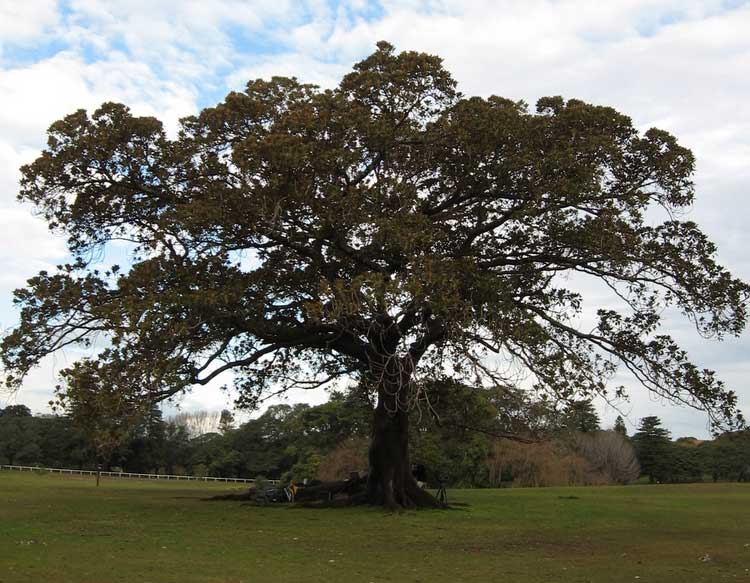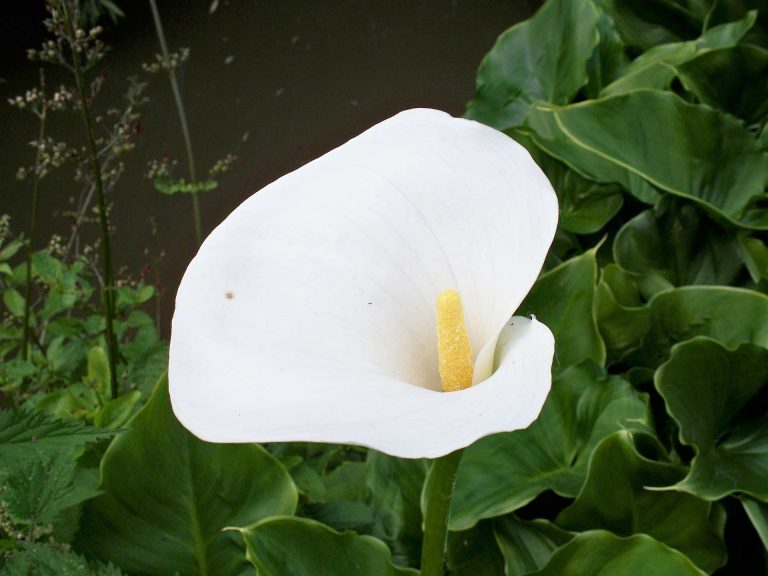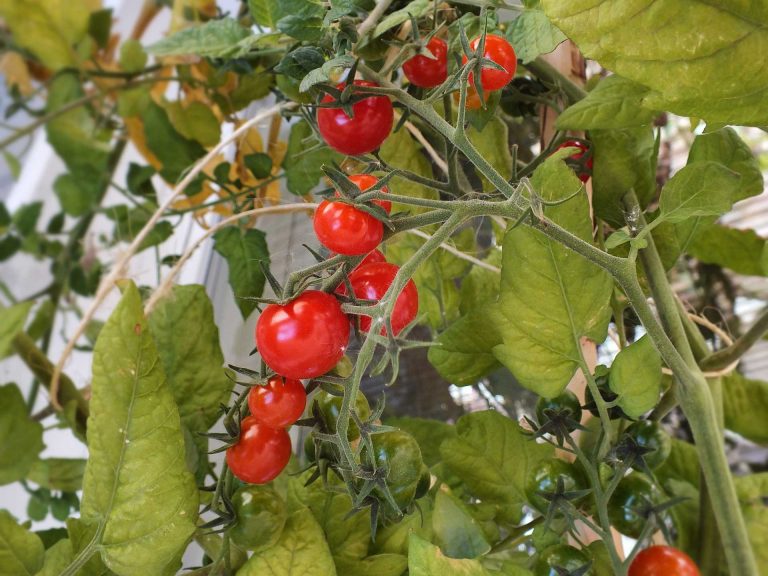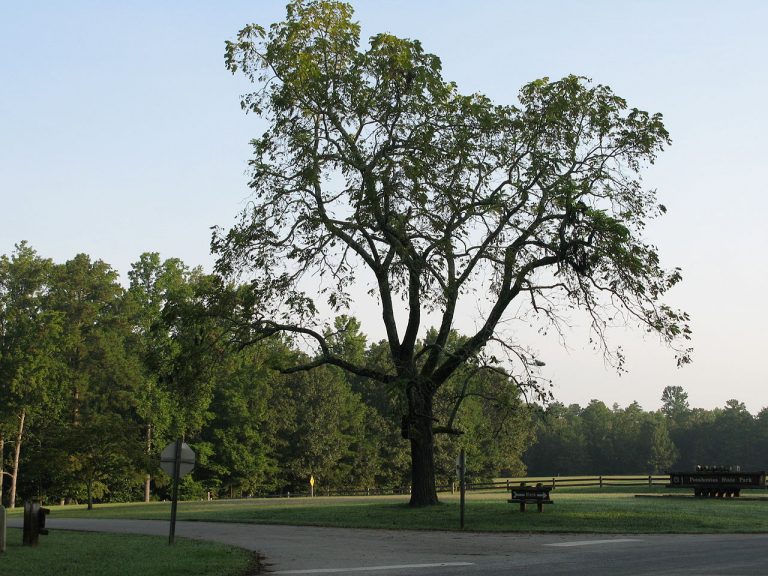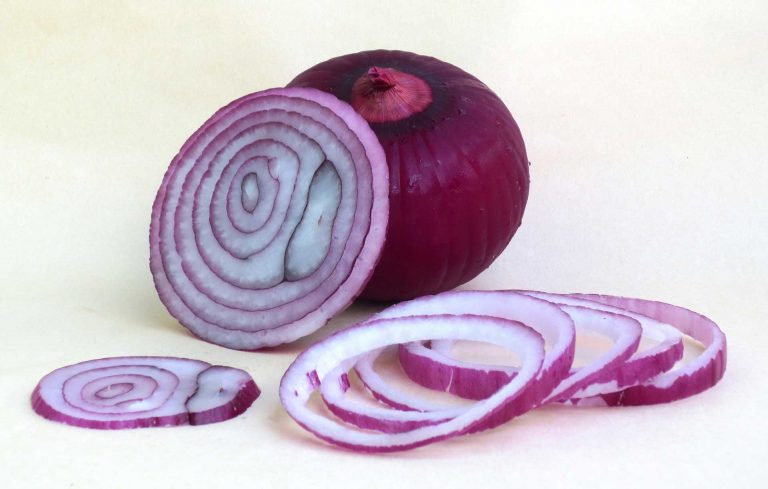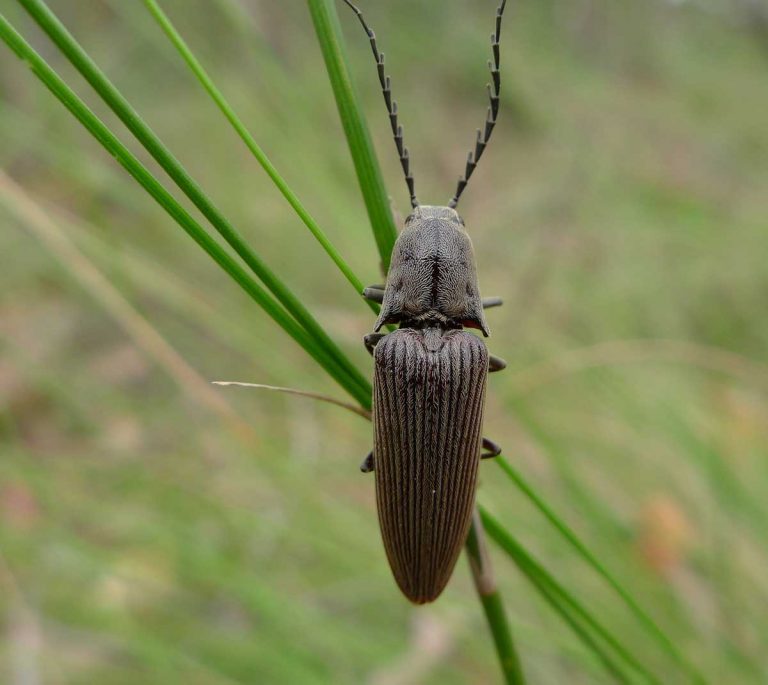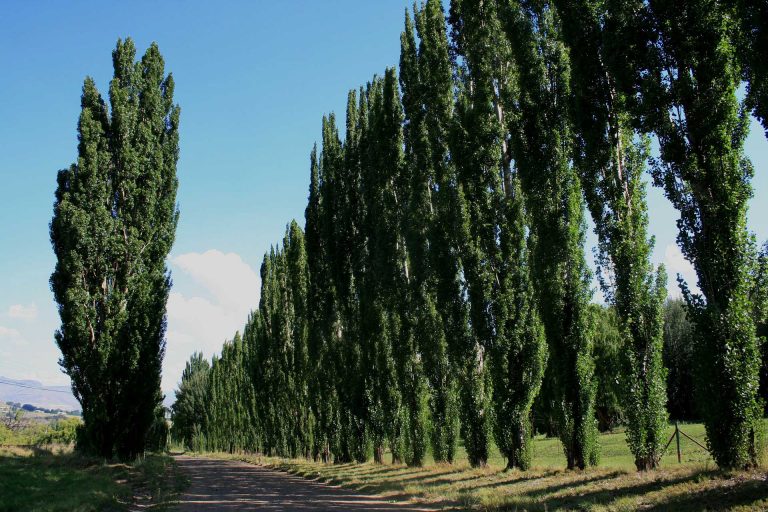Fig Trees
Scientific Classification
| Kingdom: | Plantae |
| Class: | Magnoliopsida |
| Division: | Magnoliophyta |
| Genus: | Ficus |
| Family: | Moraceae |
| Order: | Urticales |
Figs trees figure among the age-old crops that were cultivated. It dates back to the cultivation of wheat, and the ancient Greeks and Egyptians relished them. Figs are partially tropical and easily cultivated in locations having long summers.
The usual fig we see is a small deciduous tree that grows to heights of 10 to 30 ft. Their leaves are dark green with big lobes, which provide the plant a tropical air. (The common figs are not usually cultivated, their pollination is different.) The usual fig tree flowers are totally female; they need no pollination for bearing fruits. The premier crop of fruit is named the “Breba”crop; they develop from the buds of the previous season. The main crop following this during fall develops on the fresh growth of that summer. Most of the time the “breba”crop” is lost by the spring frost where the climate is cooler.
Habitat
The usual fig tree is not cultivated; it flourishes in areas that are sunny and dry, where the soil is fresh and deep; even in rocky areas, extending from sea level to 1,700 m. Fig trees prefer properly drained, average quality soil. It also grows in poor nutritional soil.
Growing at Home
Soil for Planting
Choose an area where there is total sunlight and where the soil is properly drained, and having organic matter. The favored soil is one with pH 6.0 to 6.5; even though it tolerates a pH of 5.5 to 8.0. In places where the growing period is short or where the temperature in summer is cooler, attempt growing the trees in the espalier fashion (An ornamental shrub or a fruit whose branches grow against a lattice supported wall) towards a white wall facing the south, where they get heat and reflected light.
Planting
During spring, grow fresh trees. Plant the bare rooted trees on top of a mound of soil in the middle of the hole you have prepared and spread the roots deep and wide, without tampering with them. Notice the actual depth of planting by observing the change in color from dark to light in the process of moving the plant down its trunk to the roots. Plant the trees to a depth of 2 to 4 inches more than what it was in the nursery. Plant them to a minimum of 20.feet away from other trees or from buildings.
For trees that are taken from containers, take the plant out of the container and discard all the circulating roots by placing the root ball on the ground laterally and clipping them away using shears. Plant the tree to a depth of 2 to 4 inches more than what it was in the container.
Fig trees of any age can be planted; they require a location that is full of sun and shielded from the winter winds. Your trees need proper mulch along with compost. Also spray the plants with a foliar spray extract from sea wood, monthly, once in the growing season.
If you desire proper care of your fig tree, then bear in mind that exposing your fig tree towards the north makes it dormant till it is time for it to bloom. Late fall to spring is the time to set your dormant, bare-rooted tree. In order to ease the maintenance of the fig tree, go for a fig trees that do not have knotted root nematodes.
Watering
While young trees are in their initial stage of setting, they need frequent watering, whereas trees that are already set in dry climates require watering once or twice a week. Mulching the tree with a layer of mulch above the zone of the root retains the moisture. Stress due to drought is noticed by the change in color of the leaves to yellow or the shedding of the leaves.
Flowering and Maturity
Even though it blossoms early or middle of spring, its miniature green color flowers of a dozen or more are concealed, growing within a receptacle called as Syncomium. As the season progresses, the receptacle becomes ripe and as a result becomes the fig or fruit.
Care
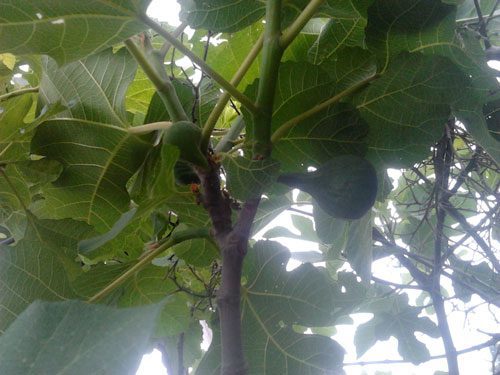
Photo by: Abdelkrim Aries
Other than grown in containers, fig trees normally don’t require fertilizers. The requirements of fertilizers depend on the rate of growth of your fig trees. In case a fresh growth does not grow up to a foot within a year, then add half to one pound of true nitrogen, in equal quantities of 3 to 4 feedings towards the end of summer and midsummer.
In order to be productive, fig trees normally never require frequent pruning. During the dormant period, shape your fig tree and discard the diseased, dead and crisscrossing or broken branches.
Destruction of fruits is prevented by either providing a covering with a net or regularly harvesting the ripe fruits. For information regarding diseases prevalent in your locality or regarding fig pests, contact your local Cooperative Extension Services.
Figs get the advantage of frost protection in the northern parts of its range. Towards the end of the fall bind up the branches of the tree in order to have a compact form, Insulate it by protecting it with a cage made of chicken wire and packing the gap with dry straw. Wrap the external of the cage with layers of plastic or burlap. Just prior to the growth of new plants and following the hazards of frost in spring, take away the covering. In this manner certain gardeners succeed in bringing up fig trees in winter from the north zone 6.
Winter Care
In case the temperature falls to 10°F or even less than that in your locality, and still you are cultivating cold-hardy figs in your outdoor garden, it is possible for you to give them protection by placing a cylindrical fence around it made of crude cloth packed with straw as an insulation (never wrap it with plastic, this will create excess heat.)
It is possible for you to trench the figs every fall and expose them each spring. This is done by pruning the fig tree to a height of 6 feet at the end of fall and head back branches that are spreading. Bind the branches with a twine or a rope to form a compact cylinder. Make a trench 2 feet deep and measuring the height of the tree beginning from the tree’s root ball. On the sides and bottom of the trench, place boards. In the trench, remove soil until tip the tree easily into the trench. Cover the tree in solid plastic, lower it into the trench (this process needs some effort), and pack around it with dried leaves and straw. Place a board on top of the tree and shovel 238 soil on the board. Once the threat of hard frost is over in the spring, resurrect the tree.
Pest and Pesticides
In North America, the fig trees normally are not affected by diseases or insects. Prevent the birds by providing net covering. To get rid of the ants climbing the tree to the fruits, spread wood ash all around the bottom of the tree. Leaf dropping is prevented by regular watering, particularly when they are container grown.
Harvest Month and Storage
External conditions and climate plays an important role in determining the exact timing of the main harvest. For instance, growers in costal and cooler regions, normally choose October and November for their main crop, whereas June and September are ideal for inland climates and when the climate is warmer. Fig trees bear few fruits throughout the year. At midwinter and the beginning of summer the fruit production is more.
Do not crop until the fruits are ripe. Unlike several other fruits, fig trees stop ripening once they are picked. The right time for harvesting the figs is when the fruits hang down and when the neck of the fruit wilts.
As the season changes, you will observe the change in its color. When the fruits ripen, there are changes in the fruit. The color of different figs varies and when ripe, its color varies from green to deep brown. Knowing the color variation of your ripe fig, you become aware of when to harvest.
Best Results Are Obtained When Harvested on a Partly Cloudy Day, in the Morning.
When the climate is warm, it is possible for you to harvest twice, in June and end of summer. When the climate is cold, one harvest in the fall or late summer is possible. Be certain of the color of your ripe fruit. Certain fig fruits become brown when they are ripe, while others turn either green or golden. When it is the season, inspect for ripe fruits every day. When the fruit is ripe, it is soft to the touch and its skin starts splitting. Figs remain fresh up to a week if refrigerated, and they easily rot. Figs are cooked by simmering them with a little honey and a dash of lemon for almost 20 minutes, in the process of cooking, keep mashing them. Then reduce it to a pulp, either in a blender, a food processor or a food mill. If the pulp is frozen, it makes an excellent cookie that fills you, it is also used as a sauce for ice cream, spread on toast or poached pears. Figs are even dry in a food dehydrator, which has nutritive value, used as snacks.
Frozen or dried fruits are best eaten soon after harvesting; figs, dried either in a dehydrator or in the sun, will last for three years kept in a freezer.
It is also possible for you to wash, dry and keep them over a baking sheet (without touching) and freeze till they become hard. After becoming hard it is possible for you to shift it to a container and preserve them in a freezer for three years.
Fresh figs are kept in a freezer in a tray in one layer. Keep the tray in the coolest portion of the freezer, normally in the crisper. But never keep them adjacent to fresh vegetables, this leads to easy rout of the vegetables. Eat refrigerator stored figs within three days.
Varieties According to the adaptation of the different regions of the country, the varieties of figs vary. The better varieties of the south are ‘Eastern Brown Turkey’, Celeste’ Magnolia’ and ‘Green Ischia’, Kadota’. ‘Brown Turkey’, Mission and ‘Ischia’ are those which are from California, whereas ‘Latterula’ and ‘King’ are from the Northwestern cooler regions.

Having discovered a fondness for insects while pursuing her degree in Biology, Randi Jones was quite bugged to know that people usually dismissed these little creatures as “creepy-crawlies”.

